MedievalReporter.com
Covering history's most marvelous millennium
Join our newsletter!

Covering history's most marvelous millennium
Covering history's most marvelous millennium
For virtually the entire Middle Ages, Vietnam was split into two realities. The north was mostly autonomous when ruled by strong dynasties, but fell to Chinese influence under weaker monarchs. The south was populated by the independent Cham people; initially wealthier, they were eclipsed by the northern Vietnamese over the course of several centuries.
This complicated context created a challenging environment, making the Middle Ages a dynamic and tumultuous period for Vietnam.
This is a short intro from our Medieval Guidebook. Dive deeper into the subject by reading our articles about it.
The ancient Vietnamese frequently rebelled against the classical Chinese Han Empire. The emperors therefore undertook measures to sinicize them, forcibly schooling Vietnamese nobles in Chinese custom, etiquette and language. When the Han Dynasty started to fail, the Vietnamese leaped at the opportunity to undo the “northern domination”, as they called it. They declared their own empire in northern Vietnam in 544 CE; its ruler took the title of “Southern Emperor” – in direct competition with the Chinese. However, China soon overcame its chaos and reconquered northern Vietnam in 602.
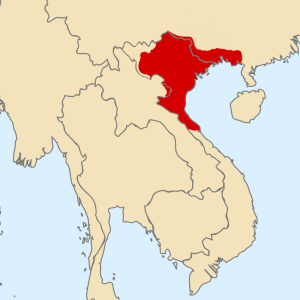
In the south of Vietnam, immigrants from what is now Indonesia created a separate state, named Champa. Its inhabitants grew rich by controlling the trade between mainland China on the one hand, and India and the Caliphate on the other. These contacts also led to the spread of Islam; the Cham became mostly muslim. Champa expanded its influence with mighty fleets, going as far as controlling the trade in aloe, ivory and spices from Indonesia and the Philippines. This brought them into a long-standing rivalry with the island of Java.
Meanwhile in the north, the Chinese Tang Dynasty increased their control over Vietnam and turned it into an official protectorate called Annam. The Vietnamese rebelled against the Tang yoke from 858 onward, leading to a bloody conflict that took the Chinese quite a while to win. After the fierce and gruesome crackdown by Tang troops, the emperor changed the protectorate into a full-blown military region, commanded by his officers. This proved to be the undoing of Chinese influence in Vietnam, though. Vietnamese nobles worked their way up the military power structure and had acquired all the powerful positions by 905 CE.
All that was left was to formally proclaim independence.
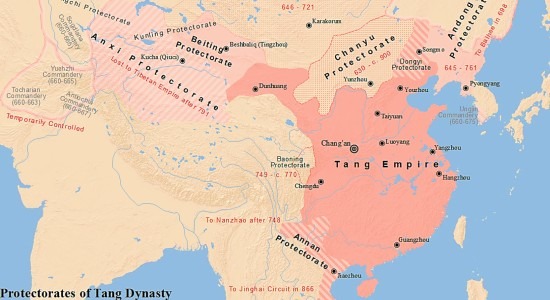
The Chinese fully realized what was going on and invaded with a massive army in 923, but were repelled. In 938, they attacked again, this time by sea, but were again beaten back. Victorious, the Vietnamese commander proclaimed himself king, officially severing the ties of overlordship with imperial China.
The native dynasties that followed called their states Dai Viet, “the Great Viet”. It lasted until 1802 CE, when the Nguyen emperor changed the country’s name to Vietnam. Historians distinguish eight Dai Viet dynasties:
Things were not immediately better as an independent nation. The first two dynasties saw a lot of infighting, assassinations and internal rivalry. Within the century, the monarchical system had created Vietnam’s most notorious tyrant ever. To make matters worse, the unrest continued to give the Chinese reasons to invade – “to restore order”. Although these campaigns were largely unsuccessful, they caused a lot of bloodshed.
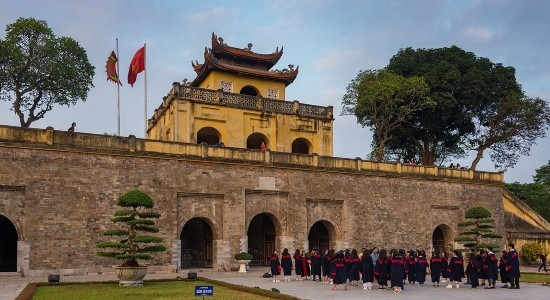
However, the third dynasty, the Lý, heralded a golden age for Vietnam. Its kings focused on economic growth: improving rice farms, founding a university, building dykes for water management, copying the Chinese imperial examination system, and reorganizing the taxation system. The improved economy gave buddhist Vietnam the means to expand into Champa territory, conquering a part of the muslim Cham. Furthermore, the Vietnamese also successfully fought off more relentless invasions by the Chinese, who now conspired with the mighty Khmer Empire to the west to attack Vietnam from two sides.
– advertisement –
– article continues below –
The unabating foreign pressure undercut the economy-focused Lý dynasty, which was duly replaced by the military-minded Trần. Because of the looming Mongol threat, this proved to be a wise transition.
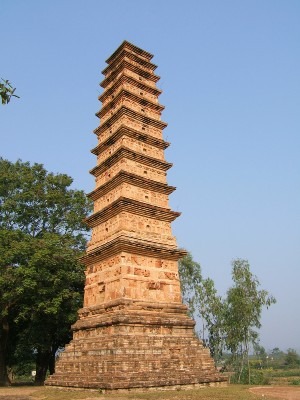
The Mongols attacked Vietnam in 1258, 1285, and 1287-88. The Vietnamese successfully repelled these invasions and inflicted terrible losses upon the Mongol army. They did this way by avoiding open battles and sieges where the Mongol cavalry and siege equipment, respectively, had the chance to excel. Instead, the Vietnamese abandoned their cities – including their capital – and fought the Mongols in swamps and on rivers. Additionally, tropical diseases also caused thousands of Mongol casualties.
After the Mongol threat subsided, the Vietnamese resumed their long conflict with Champa. The Cham were then at the height of their power, however. They defeated the Vietnamese, even killing their king in battle. With Vietnam on the verge of bankruptcy, the Trần dynasty was forced to resign. The ensuing turmoil gave the new Chinese Ming dynasty, which had by then successfully ousted the Mongols, the perfect pretext to invade once more. The Ming formally annexed northern Vietnam as an official Chinese province.
A new period of full-swing Chinese assimilation started, called the Fourth Domination (1407-1427). This “culture war” caused separatist rebellions all over Vietnam. The leader of the uprising, Lê Lợi, defeated a Ming army of over 100,000 strong in 1426. A year later, he was in position to proclaim Vietnam’s independence once more, and founded the Later Lê dynasty, which would rule the country until well into the 18th century. It was this dynasty that finally conquered the Cham capital in 1471, and incorporated the Champa into the Vietnamese state.
Afterward, Vietnam would spend much of the Modern Era expanding further to the south.
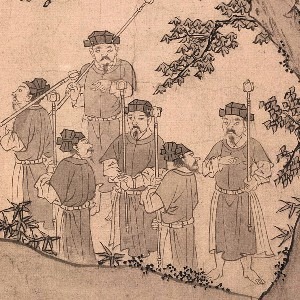
Disclosure: we work hard to provide you with exclusive medieval reports and guides. To make the Middle Ages accessible to everybody, we’d like this information to remain FREE. Therefore, some of the links below are affiliate links, meaning – at no additional cost to you – we will earn a small compensation if you click through.
Grab a short intro on another civilization from our Medieval Guidebook.